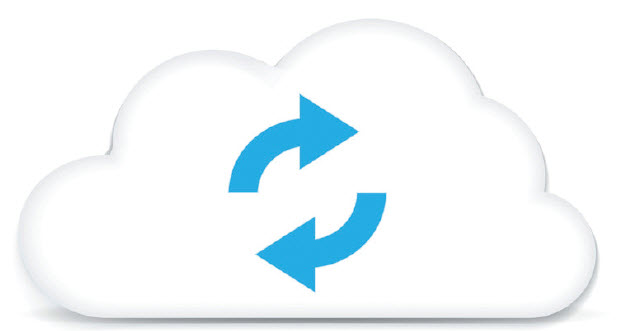Newer Cloud-Based approaches simplify Digital Preservation
[glossary_exclude]
It wasn’t long ago—5-10 years—that long term digital preservation (LTDP) required a relatively expensive and complicated set of internal processes to store digital records needed for 10 years or more. Migrating digital images from older, proprietary file formats and maintaining records in industry standard, technology-neutral file formats while ensuring readability presented major challenges.
But today, there are new outsourced options that make digital preservation much easier and more cost effective for organizations needing to preserve digital documents. The approach that digital preservation suppliers take is to manage the entire digital conversion process (from paper or microfilm to digital) and to store 5-6 copies of each image with a major cloud supplier like Microsoft Azure or Amazon AWS on servers dispersed geographically around the world. Some approaches use more than one cloud supplier to reduce the risk of loss even further.
Error detecting software uses checksum algorithms to scan digital records periodically for any degradation or loss of bits due to hardware failures, hacking attacks, or other anomalies. Then the damaged copy is either restored or replaced ensuring that 5-6 viable copies are still available in various parts of the world.
This newer cloud-based approach has made digital preservation more accessible and viable for major organizations with the need to preserve digital information far into the future, especially movie studios, national libraries, universities, research organizations, and government entities.
[/glossary_exclude]
recent posts
You may already have a formal Data Governance program in [...]

